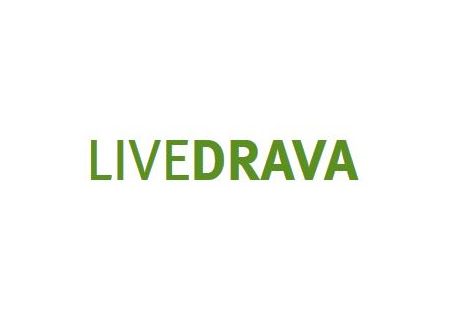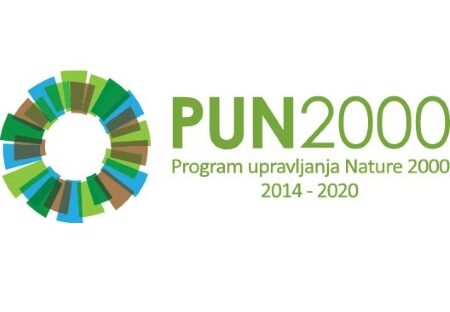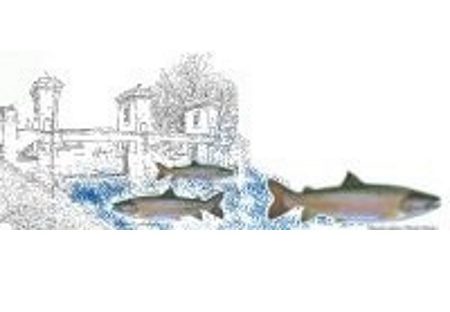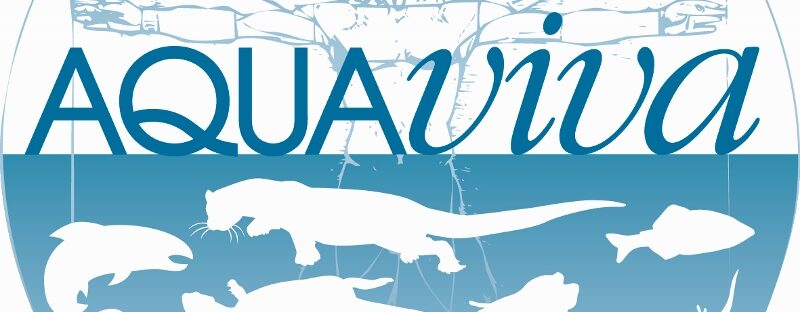Background Almost the entire project area is located on a plain called ‘Dravska raven’ in northeast Slovenia. The Drava River is a designated Natura 2000 site and is home to eight habitat types and more than 10 protected fauna species listed in Annex I and Annex II of the Habitats Directive. However, the natural habitats…
Month: July 2016
Background Slovenia is home to 354 Natura 2000 sites, 323 of which were designated according to the Habitats Directive and 31 according to the Birds Directive. These sites contain 236 priority species and 60 priority habitat types, covering 7.683 km2 ha or 37.2% of the country, which is the highest (terrestrial) percentage in the EU.…
Background The ecological functioning of the Ljubljanica River corridor – upstream and downstream of the Ljubljana urban area – towards the confluence with the Sava, and further upstream along the Sava, has been heavily degraded. This section of the river is also a habitat for a fragmented and heavily endangered population of Danube salmon (Hucho…
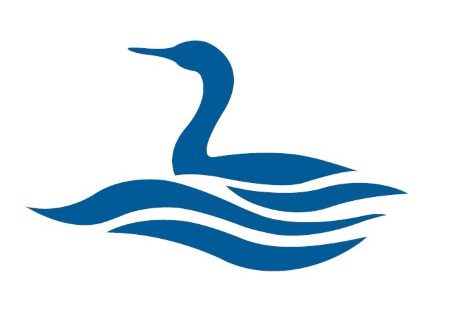
Preparatory inventory and activities for the designation of marine IBA and SPA site for Phalacrocorax aristotelis desmarestii in Slovenia
Background The Slovenian sea is home to a significant portion (11.4 % or around 2 000 individuals in non-breeding period) of the biogeographical population of Mediterranean shag (Phalacrocorax aristotelis desmarestii). Other seabirds, such as the Mediterranean shearwater (Puffinus yelkouan) and Mediterranean gull (Larus melanocephalus) can also be found here in populations of up to 1…

Raising awareness of the importance of environmentally sound management of WEEE among identified target groups in Slovenia
Background Electrical and electronic equipment (EEE), and waste arising from these appliances, give rise to environmental impact throughout their life cycle. This is compounded by the fact that in recent years, EEE has increased in technological complexity, with new product innovations and ever shortening product life expectancy. The amount of collected obsolete household appliances, computers,…

Promotion of the Recycling of Industrial Waste and Building Rubble for the Construction Industry
Background Construction and demolition waste (C&D waste) is recognised as the most voluminous waste stream in most EU countries, representing on average 25-30% of the total amount of waste produced annually. This waste has a high potential for transformation into raw materials for construction and could benefit from the introduction of End-of-Waste criteria – launched…

Communication about the environmental benefits of separate collection and recycling of municipal waste
Background In the period 2002-2008, the total amount of all waste generated in Slovenia increased by 55%. In 2008 alone more than seven million tonnes of waste was produced, of which 900 000 tonnes (13%) was household waste. Around 60% of industrial and trade waste was estimated to have been recovered, but this was the…
With effective campaign and innovative approach, the project aims to attract public attention to biodiversity loss of freshwater ecosystems. We will affect public attitude using flagship species – the otter (Lutra lutra) as a representative of aquatic life and relate water biodiversity with human treatment of water environment. The necessity of preserving freshwater ecosystems as…
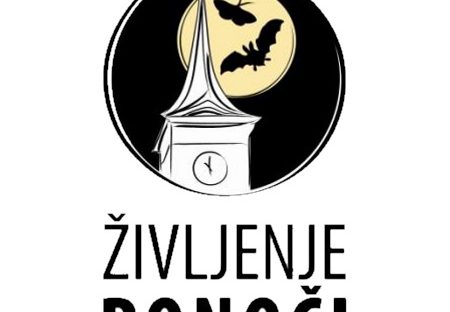
Improving the conservation status of nocturnal animals (moths and bats) by reducing the effect of artificial lighting at cultural heritage sites
Background Light pollution is becoming an increasingly significant problem that affects a large number of species. Many nocturnal animals are attracted to artificial lights, which confuses their orientation and often induces endless repetitive circling around light sources. Such behavioural changes can increase susceptibility to predators, affect reproduction, disrupt migration, disturb circadian rhythms and result in…
Background European coastal habitats are often vulnerable to the effects of the expansion of tourism and recreation, the development of ports and industry, urbanisation and the invasion of alien species. Coastal habitats mainly depend on natural conditions and dynamics, influenced by the sea-level, salinity, moisture and geological bedrock. Sečovlje salina is a 650 ha area…





